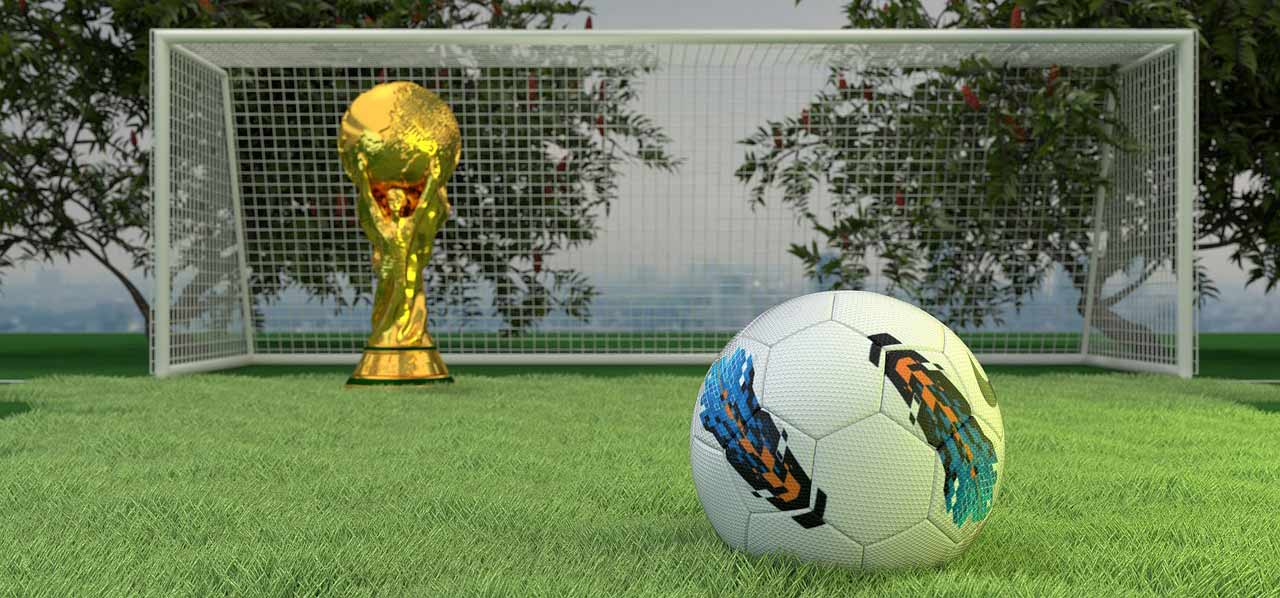What is the FIFA Club World Cup

For several years, FIFA has been offering another title for the world champions, which, however, cannot be won by a national team. In fact, we are talking about the Club World Cup, which compares the best teams on the continent every 12 months. It is a very fascinating tournament, where completely different football philosophies and cultures meet. A competition that, however, will soon also change its format. So let’s try to understand how the Club World Cup works and what will happen from 2025 onward.
Club World Cup: How does it work?
The Club World Cup is a tournament that takes place every year in a different host country. All the winners of the six FIFA-affiliated continental cups compete in this competition, as do the winners of the top domestic league of the host country. The tournaments that allow the teams to participate in the Club World Cup are the following: UEFA Champions League (Europe), CONMEBOL Libertadores (South America), CONCACAF Champions League (Central and North America), AFC Champions League (Asia), CAF Champions League (Africa), and OFC Champions League (Oceania).
The first Club World Cup was inspired by the Intercontinental Cup, which initially included the winners of the European Cup and the Copa Libertadores (Europe against South America). The first edition was established in 2000, in which Real Madrid (the reigning intercontinental champion) and Corinthians, which hosted the tournament, also participated. It was the Brazilian team that won, but the competition aroused little interest, even among the players, who did not celebrate the success very much.
The tournament formula was introduced in 2008 and is still in force today: first of all, it begins with a preliminary elimination round that confronts the oceanic winner against the host country’s club. Whoever wins advances to the first round, where the champion teams of Asia, Central/North America, and Africa are already qualified. Only two winning teams will emerge from here, which will face the two semifinalists by rights: the South American and European winners. In addition to the final, which decides who will be the world champion club, there is also a final for third and fourth place.
The Club World Cup, however, seems destined to change again because, starting in 2025, the formula will no longer be the one just announced. In fact, the tournament will be greatly enlarged because there will be 32 participating teams. It will therefore be a competition much more similar to the UEFA Champions League in terms of structure, but the details have not yet been announced or defined. President Infantino will intervene shortly to reveal them.
Which teams are participating in the 2022 Club World Cup?
So which teams are participating in the current edition of the 2022 Club World Cup? Naturally, the winners of the UEFA Champions League were Real Madrid. But there are also many other interesting teams, including the champions of Morocco, which is the host country of this edition of the Club World Cup and winners of the CAF Champions League (this also allowed the African Cup finalist to enter the Club World Cup). Let’s see them in detail:
- Real Madrid (2022 UEFA Champions League champion)
- Flamengo (Conmebol Libertadores 2022 champion)
- Wydad Athletic Club (2022 CAF Champions League winners and host team)
- Al-Hilal (appointed by the AFC as the AFC Champions League final has not yet been played)
- Seattle Sounders (2022 CONCACAF Champions League winners)
- Auckland City (2022 OFC Champions League winners)
- Al-Ahly (CAF Champions League 2022 finalist)
List of FIFA Club World Cup Winners
The record of the Club World Cup shows the undisputed dominance of South American (Brazilian, to be honest) and European teams, which have always won the title since 2000. In history, however, there are some cases of second places obtained by formations belonging to other federations that were not UEFA or CONMEBOL. To name a few from the last few years: in 2020, Tigres UANL (CONCACAF); in 2018 or 2016, Al-Ain and Kashima Antlers (both AFC); or in 2013, Raja Casablanca (CAF).
So let’s see in detail all the teams that have won the Club World Cup since 2000:
- Real Madrid (Spain): 4 (2014, 2016, 2017, 2018).
- Barcelona (Spain): 3 (2009, 2011, 2015)
- Corinthians (Brazil): 2 (2000, 2012)
- Bayern Munich (Germany): 2 (2013, 2020)
- São Paulo (Brazil): 1 (2005)
- Sport Club Internacional (Brazil): 1 (2006)
- Milan (Italy): 1 (2007)
- Manchester United (England): 1 (2008)
- Inter Milan (Italy): 1 (2010)
- Liverpool (England): 1 (2019)
- Chelsea (England): 1 (2021)
